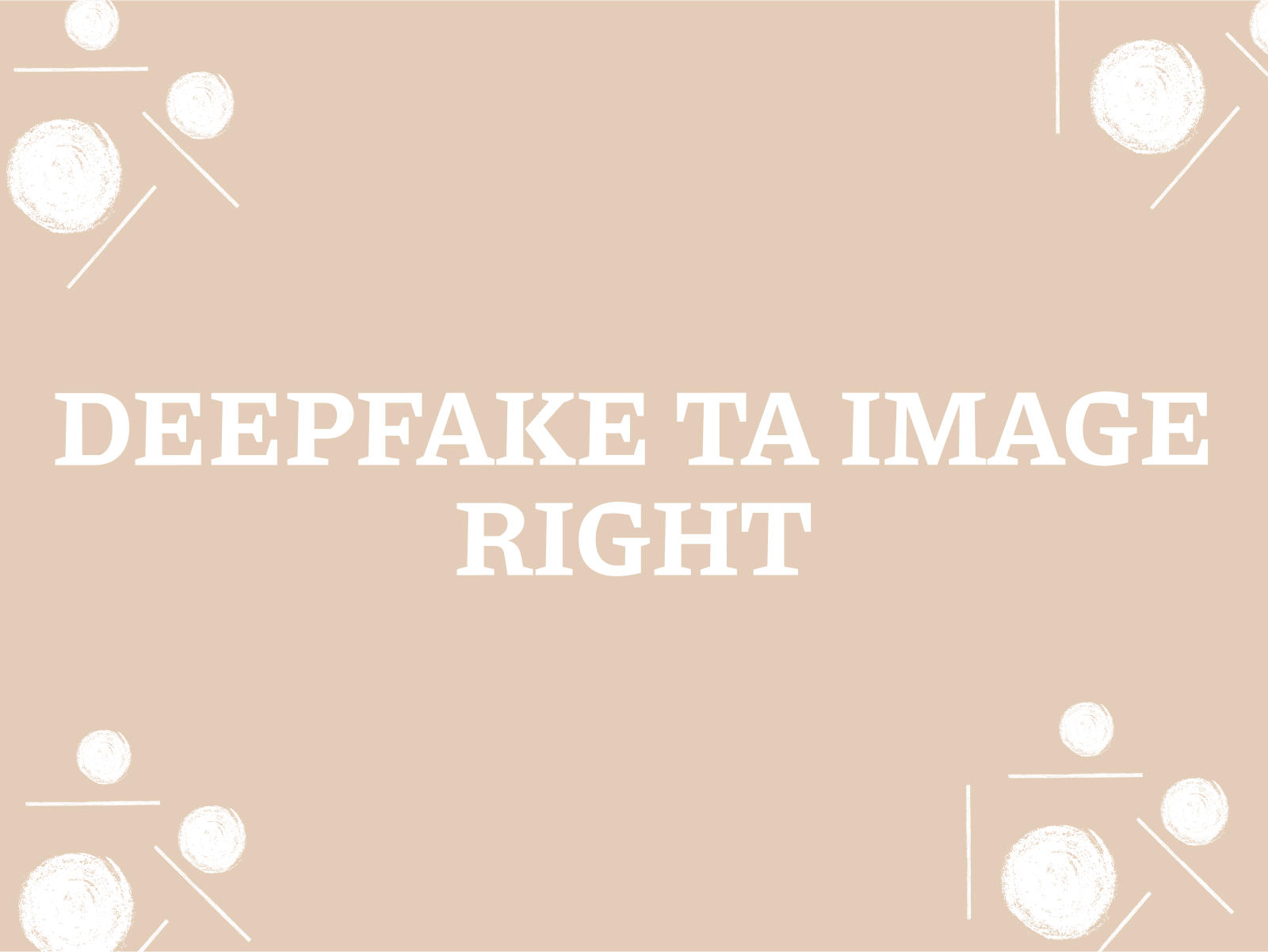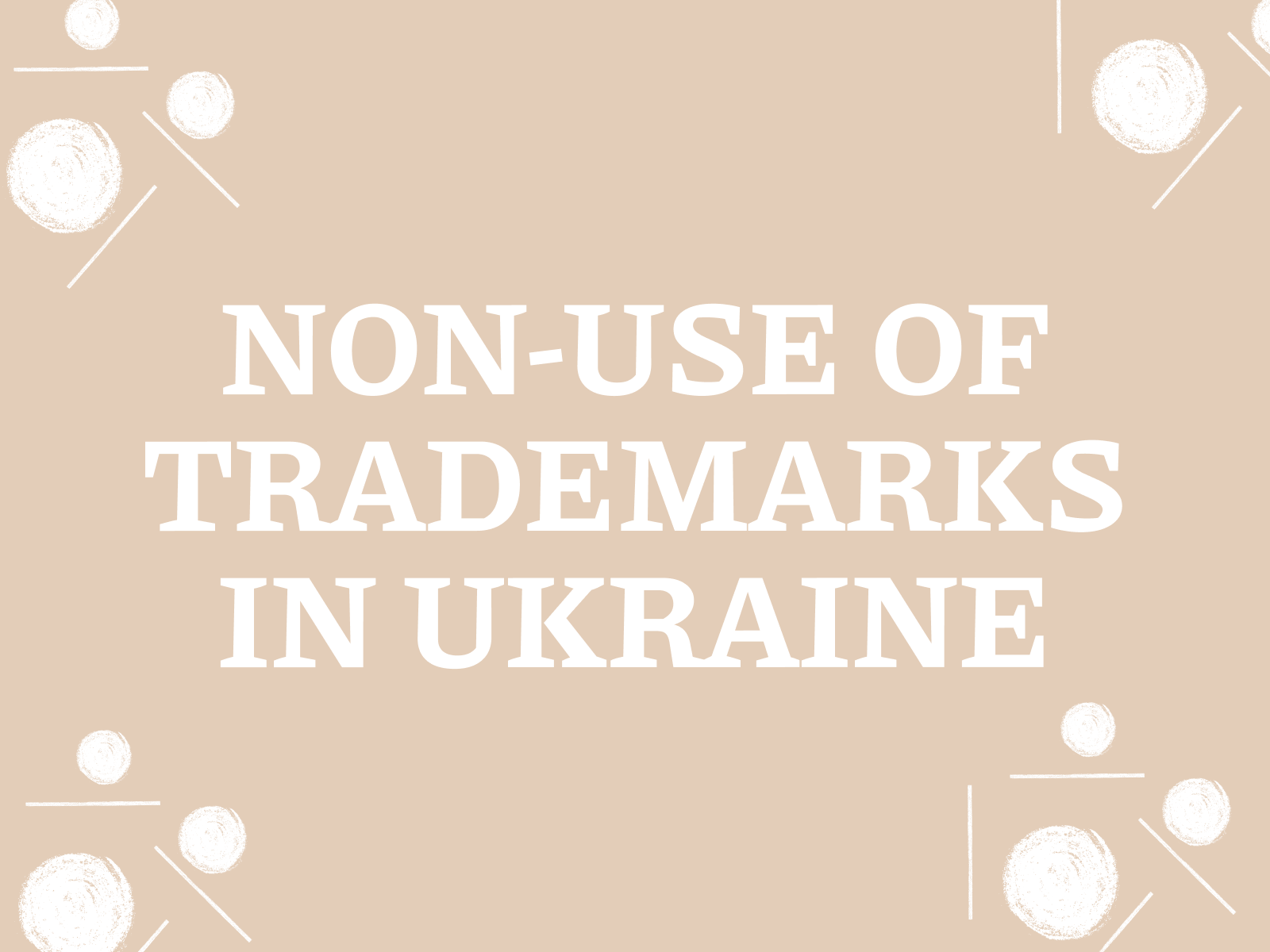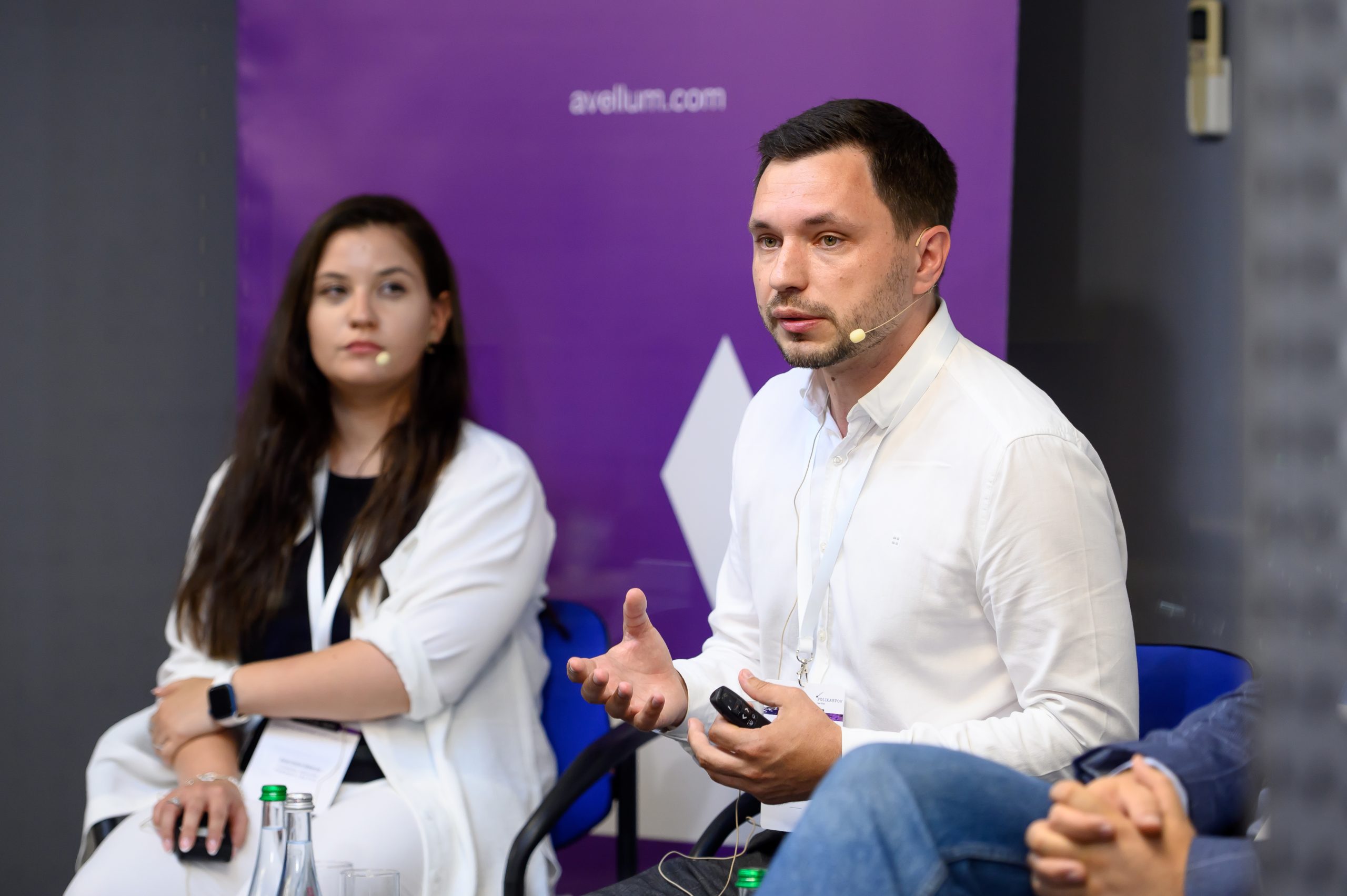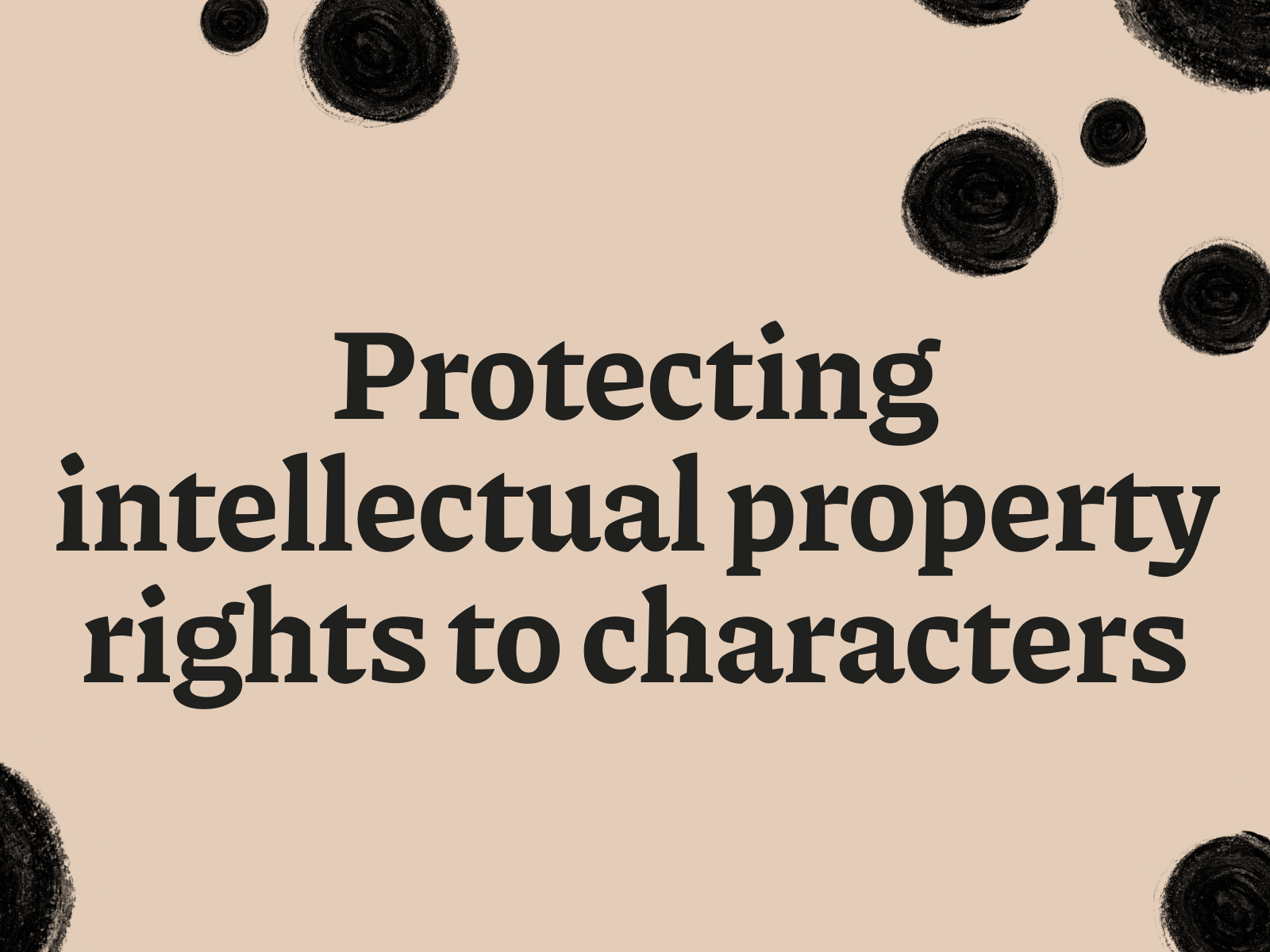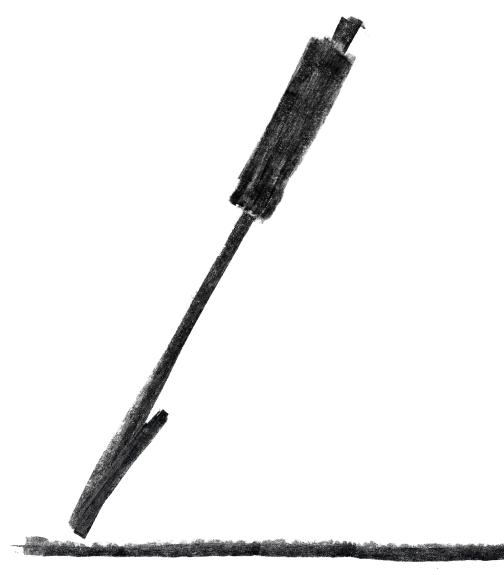In today’s rapidly evolving world of artificial intelligence, Deepfake technology opens up unprecedented opportunities, but also carries potential threats. Deepfake, which allows you to create extremely realistic but fake video and audio materials, can be used not only for entertainment but also for infringement of intellectual property rights. Deepfake, along with other manifestations of artificial intelligence, challenges traditional notions of intellectual property and forces us to look for new ways to protect it. In this article, we will look at how Deepfake can threaten copyrights, trademarks and patents, and analyse the legal mechanisms and practical tips to protect your rights in the era of artificial intelligence. In particular, we will focus on how Deepfake threatens intellectual property and what steps can be taken to minimise these risks.
Section 1: Deepfake and copyright
Deepfake, with its ability to create convincing counterfeits, poses a serious threat to copyright. In this section, we will take a closer look at how deepfake copyright can be linked, what mechanisms are used to infringe authors’ rights, and what consequences this can have for content creators. We will also analyse specific deepfake examples that demonstrate the real danger of this technology for copyright owners.
1.1 How can Deepfake infringe copyright?
Deepfake technology, which allows to create realistic but fake video and audio recordings, can be used for copyright infringement in various ways. Let’s take a closer look at the mechanisms by which Deepfake copyright can be linked in the context of infringement:
- Illegal copying and distribution of works:
Deepfake can be used to create perfect copies of copyrighted works without the permission of the copyright holder. For example, you can create a copy of a film or music video by using Deepfake to replace actors or performers with other people. Such copying and distribution without the author’s permission is a direct infringement of copyright and can lead to serious consequences, including legal action and financial penalties.
- Creating derivative works without the author’s permission:
A derivative work is a work created from an existing copyrighted work. Deepfake can be used to create such derivative works without the permission of the author of the original work. For example, you can use Deepfake to insert the image of a famous actor into an existing film or to change the original script. Such use without the permission of the copyright holder is an infringement of copyright, as the author has the exclusive right to create derivative works from his or her original work.
- Manipulation and distortion of works:
Deepfake can be used to manipulate and distort works to give a false impression of the author or content of a work. For example, Deepfake can be used to change the lyrics of a song or to insert fake scenes into a film. Such manipulation can damage the author’s reputation or change the audience’s perception of the work. This can be regarded as copyright infringement, as the author has the right to the inviolability of his or her work and protection from distortion.
- Use of works for commercial purposes without the author’s permission:
Deepfake may be used to create advertisements or other commercial materials using copyrighted works without the consent of the copyright holder. For example, you can create a commercial using the image of a famous actor or use a fragment of a song in an advertisement without the permission of the authors. Such commercial use of works without the copyright holder’s permission is an infringement of copyright and may result in legal action and compensation for damages.
1.2. Examples and indirect threats of Deepfake to intellectual property
In the previous paragraph, we have discussed the mechanisms by which Deepfake can infringe copyright. Now let’s move on to specific Deepfake examples that demonstrate the real danger of this technology for intellectual property. We will also look at the indirect threats that Deepfake can pose to patent and trademark owners.
Examples of copyright infringement using Deepfake:
- Fake videos with famous people: deepfake has been used to create videos of famous actors and musicians allegedly performing actions or expressing opinions that they never actually did. Such videos can damage the reputation of these individuals and violate their rights to use their image.
- Counterfeit musical works: deepfake allows you to create fake songs with the voices of famous artists, which can be misleading to listeners and infringe copyrighted musical works.
- Illegal dubbing of films: deepfake can be used to create illegal dubs of films using the voices of dubbing actors without their consent.
Indirect threats of deepfake to patents and trademarks:
- Creation of counterfeit products: deepfake can be used to create promotional materials that demonstrate functionality similar to that of a patented product without actually using the patented technology. This can mislead consumers and create unfair competition.
- Damage to brand reputation: Deepfakes can be used to create fake advertising materials or videos that associate a brand with negative or compromising information.
Deepfake poses a serious threat to intellectual property, and it is important to be aware of its potential dangers. Understanding examples of how Deepfake has been used to infringe copyrights and the indirect threats to patents and trademarks will help intellectual property owners take steps to protect their rights.
Section 2: Protecting intellectual property from Deepfake
Given the growing threat of Deepfake to intellectual property, the issue of legal protection is becoming increasingly important. What laws regulate the use of Deepfake in Ukraine and globally? What tools can be used to protect copyrights, patents and trademarks from the illegal use of this technology? In this section, we will review Ukrainian and international law in the context of Deepfake, as well as practical recommendations on how to protect IP from potential threats.
2.1. Ukrainian legislation and international law in the context of Deepfake
The issue of legal regulation of Deepfake is relatively new, and the legislation of many countries, including Ukraine, does not yet have specific rules directly related to this technology. Nevertheless, existing laws aimed at protecting intellectual property can be applied in the context of Deepfake. Let us consider the key acts of Ukrainian and international law that can be used to protect IP from Deepfake:
Legislation of Ukraine:
- The Constitution of Ukraine guarantees the right to the results of intellectual and creative activity (Article 41).
- The Civil Code of Ukraine: regulates intellectual property rights, including copyright and related rights (Book Four). Article 441 defines copyright as the author’s personal non-property right to a work.
- The Law of Ukraine “On Copyright and Related Rights”: establishes the procedure for the protection and enforcement of copyright, including the right to reproduce, distribute, publicly display and process works. Article 15 defines the objects of copyright, which may include works created with the help of Deepfake, provided that they are original.
- Law of Ukraine On Protection of Rights to Trademarks: protects trademarks from unlawful use, including use in the context of Deepfake to create counterfeit goods or services.
- The Criminal Code of Ukraine: contains articles that can be applied in case of using Deepfake to commit crimes related to intellectual property infringement. For example, Article 176 provides for liability for infringement of copyright and related rights.
International law:
- The Berne Convention for the Protection of Literary and Artistic Works: sets minimum standards for copyright protection for member states, which may also apply to works created by Deepfake.
- TRIPS Agreement (Trade-Related Aspects of Intellectual Property Rights): regulates trade-related aspects of intellectual property and sets out rules for the protection of trademark rights.
Despite the absence of specific legislation on Deepfake, existing intellectual property laws in Ukraine and international agreements can be used to protect the rights of IP owners from Deepfake-related infringements. It is important to note that the application of these laws to Deepfake may be nuanced, and consultation with experienced legal counsel is recommended to ensure proper protection.
2.2. How to protect your intellectual property from Deepfake?
In the previous paragraph, we reviewed the legal framework that can be used to protect intellectual property from Deepfake. Now let’s move on to practical recommendations on how can protect IP from potential threats associated with this technology.
- Monitoring and detection:
- Tracking mentions of you or your company on the Internet: use mention monitoring services to detect the spread of negative or false information about you or your products that may be created by Deepfake.
- Use of specialised tools to detect Deepfake: there are apps and online services that help detect Deepfake video and audio using artificial intelligence algorithms.
- Collecting evidence:
- Preserve copies of the Deepfakecontent: If you find Deepfake video or audio that infringes your intellectual property rights, preserve copies of the content as evidence.
- Contacting experts: If necessary, contact video and audio analysis experts who can confirm or deny the authenticity of the content.
- Legal protection:
- Reportingto law enforcement: If you believe that your intellectual property rights have been infringed by Deepfake, you should report the crime to law enforcement.
- Legal action: If necessary, you may file a lawsuit to enforce your intellectual property rights.
- Preventive measures:
- Register your copyrights andtrademarks: register your copyrights and trademarks to ensure that they are protected from illegal use, including by Deepfake.
- Raising employee awareness of Deepfake: Inform your employees about potential Deepfake threats and how to avoid them.
Protecting intellectual property from Deepfake requires a comprehensive approach that includes both preventive measures and active actions in the event of a violation. Timely detection, collection of evidence, and recourse to law enforcement agencies or the courts will help you protect your rights and minimise the risks associated with Deepfake.
Section 3: Practical advice and legal assistance
Understanding the threats that Deepfake poses to intellectual property and the legal mechanisms for protection are important steps towards ensuring that your rights are protected. However, to effectively counter Deepfake, you need to know how to recognise its manifestations and act in case of violations. In this section, we will provide practical advice on monitoring content and gathering legal assistance in cases related to Deepfake and intellectual property.
3.1. Monitoring and collecting evidence of Deepfake use
In a world where content is spreading at the speed of light, it is important to detect and respond to possible violations of your intellectual property rights, including through Deepfake. In this paragraph, we will look at the practical aspects of monitoring content and collecting evidence of Deepfake use to protect your intellectual property.
- Content monitoring:
- Use of specialised services: There are a number of paid and free services that allow you to monitor mentions of you, your company or your products on the Internet. Some of them also offer Deepfake detection features.
- Manual monitoring of social media and other platforms: Regularly check social media, forums, and other platforms where content relating to you or your intellectual property may appear.
- Set up alerts: Set up search engine and social media alerts to be notified of new mentions or posts containing your name, your company name, or keywords related to your business.
- Collecting evidence:
- Saving copies of content: If you find content that you believe is Deepfake and infringes your intellectual property rights, save copies of it. This could be by downloading a video or audio file, saving screenshots of pages, or recording your screen.
- Documenting the context: Keep information about the source of the content, the date and time of its publication, the name of the author (if known), and any other details that may be useful in proving that your rights have been infringed.
Applying to a notary: to give additional weight to your evidence, you may apply to a notary to notarise it.
Timely monitoring and thorough evidence collection are important steps to protect your intellectual property from Deepfake. The more information you can gather, the easier it will be to prove that your rights have been violated and to bring the perpetrators to justice. In the next section, we will discuss how to obtain professional legal assistance in such cases.
3.2. Legal assistance of Polikarpov Law Firm in Deepfake cases
Identifying and documenting cases of Deepfake being used to infringe your intellectual property is an important step, but not always sufficient. To effectively protect your rights, you need to contact professionals with experience in cases related to Deepfake and intellectual property. Polikarpov Law Firm is a team of experienced lawyers who are ready to provide you with qualified legal assistance in such cases.
How Polikarpov Law Firm can help you:
- Consultation and analysis of the situation: our lawyers will conduct a detailed consultation, analyse your situation and develop an optimal strategy for protecting your rights.
- Evaluation of evidence: we will help you evaluate the available evidence and determine whether it is sufficient to prove that your rights have been violated.
- Interaction with law enforcement agencies and courts: we will represent your interests in law enforcement agencies and courts, helping you to bring the perpetrators to justice and compensate for the damage caused.
- Negotiations with infringers: we will negotiate with infringers to reach an out-of-court settlement and protect your rights.
- Developing a strategy to prevent further violations: we will help you develop a strategy to prevent further violations of your intellectual property rights, taking into account the risks associated with Deepfake.
Why choose Polikarpov Law Firm?
- Experience and expertise: our lawyers have extensive experience in intellectual property cases and know the peculiarities of legislation in this area.
- Individual approach: we develop an individual defence strategy for each client, taking into account all the circumstances of the case.
- Confidentiality: we guarantee complete confidentiality of all information received from our clients.
- Efficiency: we strive to achieve the best results for our clients and protect their rights and interests.
Deepfake is a new and rapidly developing technology that can be used for both good and evil purposes. If you are faced with a problem of infringement of your intellectual property rights by Deepfake, do not hesitate to contact Polikarpov Law Firm. We will help you protect your rights and ensure justice.
Contact us today for a free consultation and to learn more about how we can help you.
Conclusion.
Artificial intelligence-based Deepfake technology opens up new horizons in various fields, but at the same time poses serious challenges, especially in the context of intellectual property protection. Deepfake and the future of IP are closely linked, and understanding the potential threats posed by this technology is critical for copyright, patent and trademark owners.
Artificial intelligence and intellectual property are two areas that are dynamically developing and interacting with each other. Deepfake, as one of the manifestations of artificial intelligence, can be used to infringe intellectual property rights, and therefore it is important to develop effective protection mechanisms in the digital world.
Protecting IP in the digital world is becoming increasingly challenging given the rapid development of technologies such as Deepfake. IP owners must be proactive and take steps to protect their rights, including monitoring content, gathering evidence and seeking legal advice when necessary.
In conclusion, we would like to emphasise the importance of continuously raising awareness of Deepfake and its potential threats. Understanding the mechanisms of this technology and the legislative mechanisms of protection will help you to effectively protect your intellectual property rights in the era of artificial intelligence.
Polikarpov Law Firm is your reliable partner in protecting intellectual property in the digital world. Contact us and we will help you protect your rights and ensure justice!
Can using Deepfake to create parodies or satire be considered copyright infringement?
The issue of using Deepfake to create parody or satire is certainly complex and requires careful consideration. Although Ukrainian law, like many other countries, provides for certain exceptions to copyright for parody and satire, the application of these exceptions to Deepfake technology has its own nuances.
On the one hand, parody and satire are traditionally considered forms of expression that allow the use of other people’s works for criticism, humour or commentary on social issues. The Law of Ukraine “On Copyright and Related Rights” does not explicitly prohibit the creation of parodies, and the court practice tends to recognise parody as a permissible use of a copyrighted work under certain conditions.
However, on the other hand, the use of Deepfake to create parodies or satire may lead to a violation of the author’s personal non-property rights, such as the right to inviolability of the work and the right to authorship. For example, using an image of a famous person created using Deepfake for a parody may damage the reputation of that person, even if the parody itself is not aimed at the person.
In order for the use of Deepfake for parody or satire not to be considered copyright infringement, several conditions must be met:
- Theparody or satire must be clearly identified as such. The viewer must understand that they are not seeing the original work, but rather a parodic or satirical reinterpretation of it.
- The use of another’s work must be limited to the minimum necessary to achieve the parody or satirical effect. You cannot simply copy the entire work and call it a parody.
- Parody or satire must not damage the reputation of the author of the original work or other persons. Humour and criticism must be directed at ideas, not at individuals.
In the event of a dispute over the use of Deepfake for parody or satire, the court will take into account all the circumstances of the case, including the purpose of the use, the nature of the work, the extent of the borrowing and the possible damage caused to the author of the original work.
Given the complexity and ambiguity of this issue, we recommend that you contact the intellectual property specialists of Polikarpov Law Firm for advice and legal assistance. Our lawyers will help you understand the intricacies of the law and protect your rights in case of using Deepfake to create parodies or satire.
Remember that the balance between freedom of expression and copyright protection is extremely important, and the use of Deepfake technology should not lead to infringement of the rights of authors and others.
What is the liability for those who create and distribute Deepfake with the intent to infringe intellectual property rights?
Liability for the creation and dissemination of Deepfake with the intent to infringe intellectual property rights in Ukraine may be both civil and criminal, depending on the nature and scope of the infringement.
Civil liability:
- Damages: A person who has infringed intellectual property rights by means of Deepfake may be obliged to compensate the rights holder for the damages caused, including lost profits.
- Payment of compensation: Instead of compensation for damages, the rights holder may demand payment of compensation in the amount of 10 to 50 thousand minimum wages established by law at the time of the infringement.
- Seizure of counterfeit products: The court may order the infringer to withdraw from circulation the products created using Deepfake that infringe intellectual property rights.
- Publication of the court decision: In order to restore the business reputation of the rights holder, the court may order the infringer to publish the court decision recognising the fact of infringement.
Criminal liability:
Criminal liability for the creation and dissemination of Deepfake with the intent to infringe intellectual property rights may be imposed if such actions caused significant damage or were committed repeatedly or by a group of persons by prior conspiracy.
- Article 176 of the Criminal Code of Ukraine (Infringement of Copyright and Related Rights): Provides for punishment in the form of a fine, correctional labour, arrest or imprisonment for up to two years.
- Article 229 of the Criminal Code of Ukraine (Unlawful use of a trademark): Provides for a fine, corrective labour, arrest or imprisonment for up to five years.
Important to note:
- Proving intellectual property infringement through Deepfake can be a complex process.
- It is necessary to carefully collect and document evidence, as well as seek the assistance of intellectual property specialists.
Polikarpov Law Firm has extensive experience in intellectual property cases and can provide you with qualified assistance in case of violation of your rights by Deepfake. Our lawyers will help you
- Assess the risks and prospects of the case.
- Collect and properly document evidence.
- Prepare and file a lawsuit.
- Represent your interests in court and other authorities.
Don’t hesitate to contact us for advice if you believe that your intellectual property rights have been infringed by Deepfake. We will help you protect your rights and obtain fair compensation.
What technologies are used to detect and counteract Deepfake, and how effective are they?
The fight against counterfeiting has turned into a real technological competition, where developers are constantly improving methods of detecting and counteracting these fakes. There are several main areas in this field, each of which has its advantages and limitations.
- Artifact analysis:
This approach is based on finding inconsistencies and “traces” of digital manipulation in video or audio material. Some of the key techniques:
- Detection of flicker and light reflection anomalies: Deepfakes often have problems with realistic light and shadow reflection, which can be noticeable in detailed analysis.
- Analysis of facial micro-movements: Real emotions are reflected in subtle, unconscious facial muscle movements that are difficult to reproduce with Deepfake. Algorithms that analyse these micro-movements can help detect fakes.
- Detecting inconsistencies in speech and lip sync: Deepfakes often do not perfectly sync lip movements with the voice, which can be a clue to detecting a fake.
- Using biometric data:
This method uses the unique characteristics of the voice and face to identify a person and authenticate a video.
- Voice Recognition: Algorithms analyse the voice for many parameters, such as timbre, intonation and frequency characteristics, to compare it to known voice samples of a person.
- Facial Recognition: Facial recognition technologies can compare facial features in a video to a database to determine if the person depicted is who they say they are.
- Blockchain and digital watermarking:
These technologies help ensure the authenticity of digital content and trace its origin.
- Blockchain: Allows for the creation of an immutable record of the origin and editing history of digital content, making it difficult to tamper with.
- Digital watermarking: Embedding invisible digital marks in videos that contain information about the author and origin of the content.
Effectiveness:
The effectiveness of these technologies depends on many factors, such as the quality of the dipfake, the availability of data for comparison, and the complexity of the detection algorithms. So far, there is no 100% guarantee of detecting all deepfakes, but technologies are constantly evolving.
It is important to remember that Deepfake detection technologies are only one tool in the fight against this problem. Othertools also play an important role:
- Awareness raising: Informing the public about the dangers of Deepfakes and teaching them how to recognise them.
- Legislative development: Implementation of laws that regulate the use of Deepfake and provide for liability for its illegal use.
- Collaboration between tech companies, researchers and governments: Joining forces to develop effective methods for detecting and countering deepfakes.
Although the fight against deepfakes is a complex challenge, the constant development of technology and joint efforts offer hope for success in this fight.
How can the development of Deepfake technology affect the future of the entertainment and media industry?
Deepfake technology, which allows for the creation of extremely realistic but fake video and audio content, has the potential to revolutionise the entertainment and media industries. Its impact can be both positive and negative, depending on how it is used.
Positive impact:
- New opportunities for creativity: Deepfake can be a powerful tool for filmmakers, animators and other content creators. It will allow you to create impressive visual effects, recreate the images of deceased actors, make films with actors speaking different languages without the need for dubbing, and much more.
- Reduced production costs: Replacing real actors with virtual copies created with Deepfake can significantly reduce the cost of producing films and TV shows.
- Interactive content: Deepfake can be used to create interactive content where the viewer can influence the course of the story and interact with characters that look and sound like real people.
- Personalised content: In the future, Deepfake may allow for the creation of personalised content tailored to the individual preferences of each viewer.
Negative impact:
- Spreading disinformation: Deepfake can be a powerful tool for spreading fake news and propaganda, which can have serious consequences for society.
- Copyright infringement: Using Deepfake to create fake content featuring famous actors or musicians can infringe their intellectual property rights.
- Reputational risks: Deepfake can be used to create fake videos to blackmail or discredit famous people.
- Erosion of trust in the media: The proliferation of deepfakes can lead to an erosion of trust in the media and make it harder to distinguish between truth and lies.
Conclusions:
The development of Deepfake technology has the potential to revolutionise the entertainment and media industries, offering new opportunities for creativity and lower production costs. However, there are serious risks associated with the potential for Deepfake to be used to spread disinformation, infringe copyright and damage reputations.

